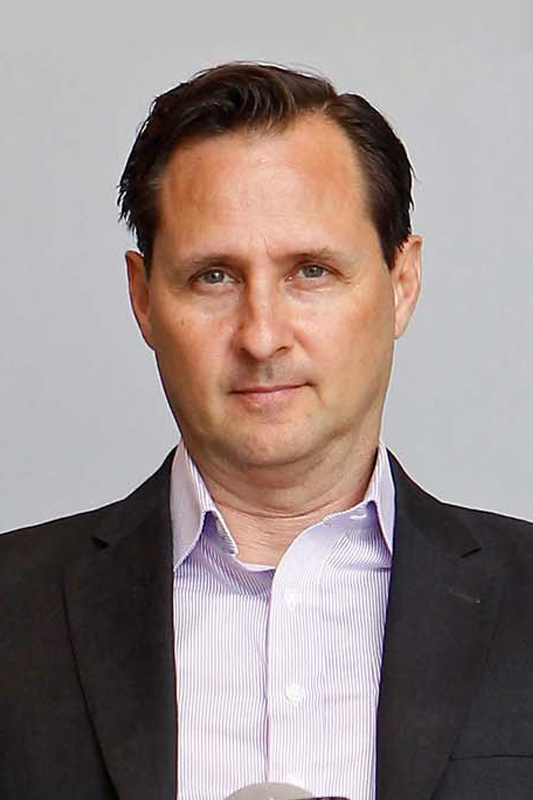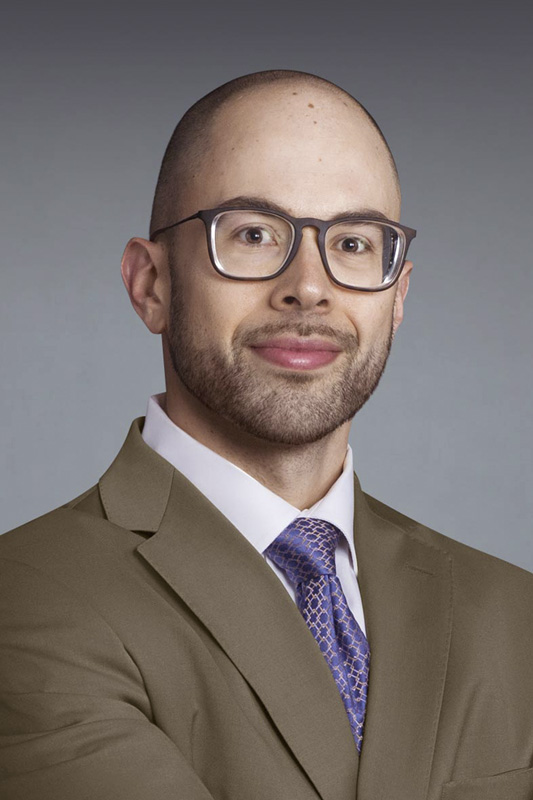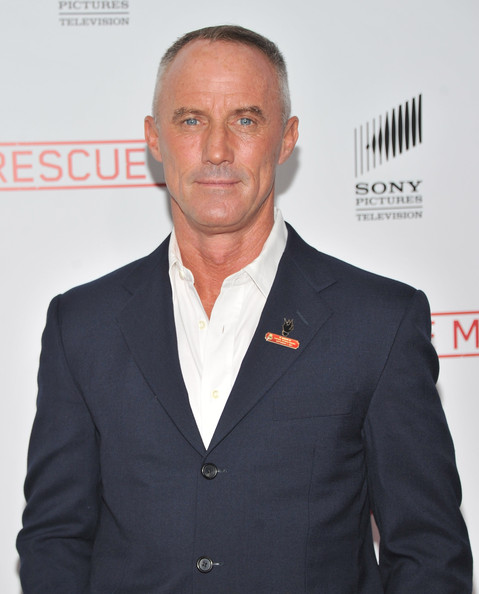The VEThack Initiative
logistically VEThack is an innovative technology nonprofit organization committed to improving the quality of life for injured American veterans by creating, modifying, and improving technology that addresses catastrophic limb loss, traumatic brain injury, and post-traumatic stress. Nearly 1 million veterans have been wounded in the wars in Iraq and Afghanistan alone, with over 50,000 Polytrauma patients (those who have suffered multiple traumatic injuries) among this staggering number.
http://mountaintopcampground.com/rates-and-reservations VEThack laboratories strive to address the most critical needs of catastrophically wounded veterans through interdisciplinary collaboration with some of the most prestigious Research & Development (R&D) labs and academic institutions in the world. VETHack laboratories is a direct to end user source and provider of the most technologically advanced platforms, which are designed, modified, and improved to directly address the catastrophic wounds, both physical and invisible, sustained in combat and theaters of war, via our own proprietary R&D efforts and our carefully selected research partners.
We have a team of top R&D advisors in various fields on staff in rotation, ranging from Advanced BioMechatronics (prosthetics) to Synthetic Neurobiology (brain repair), with three technical advisors on staff at any given time to guide and streamline the research process. Our researchers are working on cutting edge prosthetics that allow wounded veterans to walk, run, climb, swim, and bike like they did pre-injury.
VEThack facilitates access to expert scientists leading the field of brain circuit therapies, as well as conducting our own research, that will fully heal the micro fractures in the brain present in nearly all PTS (Posttraumatic Stress) and TBI (Traumatic Brain Injury) patients. We’ve also created a comprehensive database of wounded veterans’ specific ailments and needs that allows us to laser focus our research initiatives. Advanced user interface systems based on MIT developed inFORM system and ultrasonic radiation pressure array that will allow next generation modes of interaction for long-distance PTSD (Posttraumatic Stress Disorder) counseling and therapy sessions, revolutionizing the ways and methods we interact with veterans impacted by war.
Funds raised will go directly towards lab equipment and space, as well as to expanding our team of carefully-selected STEM-trained staff. Your support will help us continue to do this vital work.

Dr. Hugh Herr
Associate Professor of Media Arts and Sciences, MIT Director of Biomechatronics Group, MIT Media Lab
Hugh Herr, who heads the Biomechatronics group at the MIT Media Lab, is creating bionic limbs that emulate the function of natural limbs. In 2011, TIME magazine coined him the “Leader of the Bionic Age” because of his revolutionary work in the emerging field of biomechatronics – technology that marries human physiology with electromechanics. A double amputee himself, Herr is responsible for breakthrough advances in bionic limbs that provide greater mobility and new hope to those with physical disabilities. He is the author and co-author of more than 150 peer-reviewed papers and patents, chronicling the science and technology behind his many innovations. These publications span the scientific fields of biomechanics and biological motion control, as well as the technological innovations of human rehabilitation and augmentation technologies. As published in the Journal of NeuroEngineering and Rehabilitation in 2014, Herr’s team advanced the first autonomous exoskeleton to reduce the metabolic cost of human walking, a goal that has eluded scientists for over a century.
In the field of human rehabilitation, Herr’s Biomechatronics group has developed gait-adaptive knee prostheses for transfemoral amputees and variable impedance ankle-foot orthoses for patients suffering from drop foot, a gait pathology caused by stroke, cerebral palsy, and multiple sclerosis. He has also designed his own bionic limbs, the world’s first bionic lower leg called the BiOM Ankle System. As published in the 2012 Proceedings of the Royal Society, the BiOM Ankle System has been clinically shown to be the first leg prosthesis to achieve biomechanical and physiological normalization, allowing persons with leg amputation to walk with normal levels of speed and metabolism as if their legs were biological once again. Herr has received many accolades for his groundbreaking innovations, including the 13th Annual Heinz Award for Technology, the Economy and Employment; the Prince Salman Award for Disability Research; the Smithsonian American Ingenuity Award in Technology; the 14th Innovator of the Year Award; the 41st Inventor of the Year Award; and the 2016 Princess of Asturias Award for Technical & Scientific Research. Herr’s story has been told in a National Geographic film, “Ascent: The Story of Hugh Herr.” He has also been featured on CNN and other broadcasters and in many press articles, including The Economist, Discover, and Nature.

Dr. John Ross Rizzo
NYU School of Medicine Assistant Professor, Department of Rehabilitation Medicine Assistant Professor, Department of Neurology Director, Visuomotor Integration Laboratory Tactile Navigation Tools, Chief medical officer
When, at age 15, John-Ross “J.R.” Rizzo, M.D., was diagnosed with choroideremia, the progressive and incurable condition that is stealing his eyesight, his first reaction was that he’d never be able to date. “I’m like, I’m not going to ever be able to take a girl on a date,” the New York University physician said. “I’m going to have to have my mom drop me off in a minivan behind the movie theater.” Seventeen years later, and with 90% of his vision gone, teenage angst has turned into driving determination. Inspired by his anesthesiologist grandfather—and his intimate knowledge of the challenges of being visually impaired — Dr. Rizzo is a man in a hurry, bent on finding ways to improve the lives of the disabled. His startup, Tactile Navigation Tools, is applying technology to visual impairment, an area that has lacked innovation for a century. In development are the Cumba Cane, a three-pronged, wheeled cane, and the Eyeronman, a sensor-equipped vest for use by the visually impaired, as well as by police and military personnel in dicey situations.
A clinical instructor at NYU School of Medicine, Dr. Rizzo directs the Visuomotor Laboratory at the Rusk Institute of Rehabilitation Medicine, where he does research on motor recovery and eye-hand coordination after brain injuries. “His ability to think outside the box is truly incredible,” said Dr. Stephen Flanagan, chair of NYU’s department of rehabilitation. Dr. Rizzo also is using that talent as medical adviser to two other startups, including one with technology to diagnose and treat disabilities. “I want to be able to take people with weaknesses and strengthen their sensory systems, give them back their abilities so they’re on the same level as anyone else,” Dr. Rizzo said. “Life is about how to leverage your ability to do your best.” Dr. Rizzo believes that the advanced wearable technology his team has developed, as well as his advanced STEM research into motor recovery and eye-hand coordination stemming from brain trauma, can and will dramatically alleviate the symptoms of combat-induced eye trauma injuries resulting from various concussive events and improvised explosive devices.

Dr. Douglas H. Smith
The Robert A. Groff Professor and Vice Chairman of Research and Education, Department of Neurosurgery Director of PENN’s Center for Brain Injury and Repair University of Pennsylvania Scientific Director for the Big 10/ Ivy League Consortium on Concussion
Douglas H. Smith, M.D. is the Director of the Center for Brain Injury and Repair and Professor of Neurosurgery at the Perelman School of Medicine, University of Pennsylvania. Penn’s multidisciplined CBIR includes over twenty-five principal investigators and their laboratory staff collectively studying mechanisms, diagnosis and potential treatments of traumatic brain injury. Over the last 18 years, Dr. Smith has devoted his full-time efforts to neurotrauma research following completion of fellowships in both molecular biology and neurotrauma at the University of Connecticut. He has been an active member of the National Neurotrauma Society and currently serves as an officer.
In addition, Dr. Smith is director of a multi-center NIH program grant on mild traumatic brain injury and he oversees an NIH training grant for brain injury research. His laboratory’s research interests include investigating the biomechanical effects of traumatic brain injury, imaging techniques to diagnose diffuse axonal injury, and the link between diffuse axonal injury and Alzheimer’s disease. Dr Smith’s laboratory has also engineered nervous tissue constructs that have been shown to repair spinal cord and nerve damage. These collective efforts have resulted in over 170 published reports. Dr. Smith believes that combat trauma sustained in the wars in Iraq and Afghanistan, from Traumatic Brain Injury to Post-Traumatic Stress, can be successfully mitigated and healed though advanced neuroengineering research, development, and appropriate application.

Gerry Byrne
Gerry is PMC’s Vice Chairman, guiding business initiatives across PMC’s entire portfolio of media brands. Gerry’s decades of accomplishments as a media executive, entrepreneur and community leader are highlighted by a longtime run as publisher of Variety, where he dramatically transformed that business into a powerful, diversified, global media brand. In addition, he was the first publisher of both Electronic Media and Crain’s New York Business. Gerry also led a division of Nielsen that included The Hollywood Reporter, Billboard, and ADWeek.
A staunch believer in “participation”, Gerry is on the boards of numerous not-for-profits including Fisher House, The Intrepid Museum, VeteransAdvantage, The Veteran’s Healing Initiative, The Bob Woodruff Foundation, The Fisher Center for Alzheimer’s Research, The Creative Coalition, The Reisenbach Foundation (Chairman), The Armory Foundation and The New York City Police Museum. Gerry was awarded the “Salah M. Hassanein Humanitarian Award”, New York’s Elaine Kaufman Cultural Center’s 2002 Distinguished Service Award and the NYPD Marine Corps Association 2002 “Semper Fi” Award for his work in the community. In June 2009, NYC Mayor Michael Bloomberg presented Gerry with the “Made in New York” Award for his support of the Gotham’s entertainment and media industries.
A 1966 graduate of Fordham College, Gerry served as a Marine Officer in Vietnam in 1968/69 and was awarded the Navy Achievement Medal with Combat V.

Robert John Burke
Burke is an accomplished actor, starring in many films and TV shows, from playing Robocop in Robocop 3 and Limitless with Bradley Copper to Law and Order: SVU and Gossip Girl. Bobby is also an active firefighter on Ocean Beach in Long Island, NY and a dedicated family man. Bobby has been an avid supporter of VEThack and our concerted efforts to end the veteran suicide epidemic in this nation.





